(This shield from the British Museum is ornamental, probably given as a prize for winning a tournament. The French written on the shield translates as "You or Death," a bold proclamation by the knight kneeling at his lady's feet).
Crushed by history and by humanity.
So I felt Thursday evening after spending nearly five hours at the British Museum.
Crushed by history and by humanity.
So I felt Thursday evening after spending nearly five hours at the British Museum.
First, there were the expected crowds: gaggles of uniformed school children, all being herded about by anxious teachers; tour groups from around the globe, with everyone clicking away like paparazzi; beat-out mothers and fathers; visitors from around the globe, China, Italy, Germany, France, Australia, and heaven knows where else. And then there was me, of course, schlepping along and bumping elbows with everyone else.
Then there is the history, room after beautiful room filled with books, pottery, paintings, sculpture, jewelry, and all the other imaginable accouterments that come with being human. The Egyptian rooms with their mummies and tombs were most crowded, with the school kids running from display to display, pointing, calling to their friends, oohing and aaahhhing over the bodies and reconstructed bodies. Another hall featured a special exhibit of Enlightenment collectors, which brought home the importance of those men and women who first began preserving some of the relics from the past. Still others were devoted to India, Korea, Iran, North America, and so on. Then there was the Great Courtyard, covered with an enormous bowed glass ceiling, crawling with customers at the gift shop, tourists in search of the restrooms, diners at the outdoor eatery.
But the most impressive rooms were those devoted to Medieval Europe and to Anglo-Saxon and Roman Britain. These exhibits brought alive the history of that time, the history I will be teaching students this fall. Take the Anglo-Saxon rooms, for example. The relics from Sutton Hoo, which I had only seen in books, were there before me, everything from the helmet to the intricate bracelets and pins found on that dig. Here and in the Roman-Britain exhibit I became entranced by the jewelry, which I would usually pass by without blinking. As I studied these pieces—Roman gold bracelets, Celtic pins and necklaces, Anglo-Saxon medallions—the workmanship entranced me. The British Christian art of the late Roman Empire was also thrilling. One circular piece, taken from a larger mosaic, is one the oldest depictions of Christ in England.
The museum was a little overwhelming, to put it mildly. I kept thinking of all those people, thousands, millions, billions, who had come before those of us alive today, and of the beauty and the horror living had brought to them. How, I have often wondered, given the length of time between human gestation and a creature actually able to endure the vicissitudes of life, did the human race ever survive? Reading today of the past, of its shining greatness and its horrendous struggles, humbled me.
When I plunged back into the street again—the sun was shining bright as one of the Roman coins I’d seen inside—I walked down Great Russell Street to Oxford Circus. Though I assume the “Circus” comes from the Latin word for circle or racecourse, this place is indeed a continual circus. Imagine those movies or documentaries you’ve seen of Calcutta eliminate the poverty, and you have the Oxford Circus. The entire place, and the surrounding major avenues, swarms with people of all colors and creeds. Moving fast in that place and along Oxford Street and Great Russell Street and Charing Cross Road would make a halfback of the clumsiest of us.
Other impressions:
“Stand away from the doors, please.” This is what I hear each time I enter the lift (elevator) at my home tube station, Holland Place. The female recording sounds exactly like a school ma’rm of the old school.
The weather here has at times brought clouds and cool temperatures, but I have yet—knock on wood—to break open my umbrella.
A box of Cheerios at a market nearby, which goes by the name of The American Store, costs nine dollars. The English do offer less expensive knock-offs of Cheerios. I only know this because the family I am staying with buys the American Cheerios to avoid the overdose of sugar on the English counterparts.
The English countryside, which I saw from the train between Edinburgh, consists of farms, fields, and great swathes of pasture, generally grazed by sheep. On this particular train, we ran for a good ways beside the North Sea, and I was surprised to see so little development there as well.
Compared to the States, housing both in London and in the country is expensive. John Peery, my friend who returned home to Richmond yesterday, spent two days in a town called Stroud visiting a friend. She and her husband had paid some sort of astronomical fee for a tiny house that is joined to other homes.
The straw hats worn by some of the schoolgirls just make me smile. Every time I see them—two girls wearing such hats are shopping a fruit stand across the street with their mother even as I am writing—I think of Madeline and “an old house in Paris….”
Not everything here is more expensive than Asheville. Example: I hadn’t eaten all morning, and so ordered some sort of warm Italian sandwich at the Great Courtyard. The cost was about $8 American, but the sandwich tasted delicious, and I saved a third of it to eat later. (That third is now also consumed).
Finally, our hostess offered me the use of her Mercedes to visit Chartwell, Churchill’s home (That will have to wait). After calculating that I would perhaps drive five blocks before I either damaged the car, a passerby, or myself, I politely declined.
Then there is the history, room after beautiful room filled with books, pottery, paintings, sculpture, jewelry, and all the other imaginable accouterments that come with being human. The Egyptian rooms with their mummies and tombs were most crowded, with the school kids running from display to display, pointing, calling to their friends, oohing and aaahhhing over the bodies and reconstructed bodies. Another hall featured a special exhibit of Enlightenment collectors, which brought home the importance of those men and women who first began preserving some of the relics from the past. Still others were devoted to India, Korea, Iran, North America, and so on. Then there was the Great Courtyard, covered with an enormous bowed glass ceiling, crawling with customers at the gift shop, tourists in search of the restrooms, diners at the outdoor eatery.
But the most impressive rooms were those devoted to Medieval Europe and to Anglo-Saxon and Roman Britain. These exhibits brought alive the history of that time, the history I will be teaching students this fall. Take the Anglo-Saxon rooms, for example. The relics from Sutton Hoo, which I had only seen in books, were there before me, everything from the helmet to the intricate bracelets and pins found on that dig. Here and in the Roman-Britain exhibit I became entranced by the jewelry, which I would usually pass by without blinking. As I studied these pieces—Roman gold bracelets, Celtic pins and necklaces, Anglo-Saxon medallions—the workmanship entranced me. The British Christian art of the late Roman Empire was also thrilling. One circular piece, taken from a larger mosaic, is one the oldest depictions of Christ in England.
The museum was a little overwhelming, to put it mildly. I kept thinking of all those people, thousands, millions, billions, who had come before those of us alive today, and of the beauty and the horror living had brought to them. How, I have often wondered, given the length of time between human gestation and a creature actually able to endure the vicissitudes of life, did the human race ever survive? Reading today of the past, of its shining greatness and its horrendous struggles, humbled me.
When I plunged back into the street again—the sun was shining bright as one of the Roman coins I’d seen inside—I walked down Great Russell Street to Oxford Circus. Though I assume the “Circus” comes from the Latin word for circle or racecourse, this place is indeed a continual circus. Imagine those movies or documentaries you’ve seen of Calcutta eliminate the poverty, and you have the Oxford Circus. The entire place, and the surrounding major avenues, swarms with people of all colors and creeds. Moving fast in that place and along Oxford Street and Great Russell Street and Charing Cross Road would make a halfback of the clumsiest of us.
Other impressions:
“Stand away from the doors, please.” This is what I hear each time I enter the lift (elevator) at my home tube station, Holland Place. The female recording sounds exactly like a school ma’rm of the old school.
The weather here has at times brought clouds and cool temperatures, but I have yet—knock on wood—to break open my umbrella.
A box of Cheerios at a market nearby, which goes by the name of The American Store, costs nine dollars. The English do offer less expensive knock-offs of Cheerios. I only know this because the family I am staying with buys the American Cheerios to avoid the overdose of sugar on the English counterparts.
The English countryside, which I saw from the train between Edinburgh, consists of farms, fields, and great swathes of pasture, generally grazed by sheep. On this particular train, we ran for a good ways beside the North Sea, and I was surprised to see so little development there as well.
Compared to the States, housing both in London and in the country is expensive. John Peery, my friend who returned home to Richmond yesterday, spent two days in a town called Stroud visiting a friend. She and her husband had paid some sort of astronomical fee for a tiny house that is joined to other homes.
The straw hats worn by some of the schoolgirls just make me smile. Every time I see them—two girls wearing such hats are shopping a fruit stand across the street with their mother even as I am writing—I think of Madeline and “an old house in Paris….”
Not everything here is more expensive than Asheville. Example: I hadn’t eaten all morning, and so ordered some sort of warm Italian sandwich at the Great Courtyard. The cost was about $8 American, but the sandwich tasted delicious, and I saved a third of it to eat later. (That third is now also consumed).
Finally, our hostess offered me the use of her Mercedes to visit Chartwell, Churchill’s home (That will have to wait). After calculating that I would perhaps drive five blocks before I either damaged the car, a passerby, or myself, I politely declined.
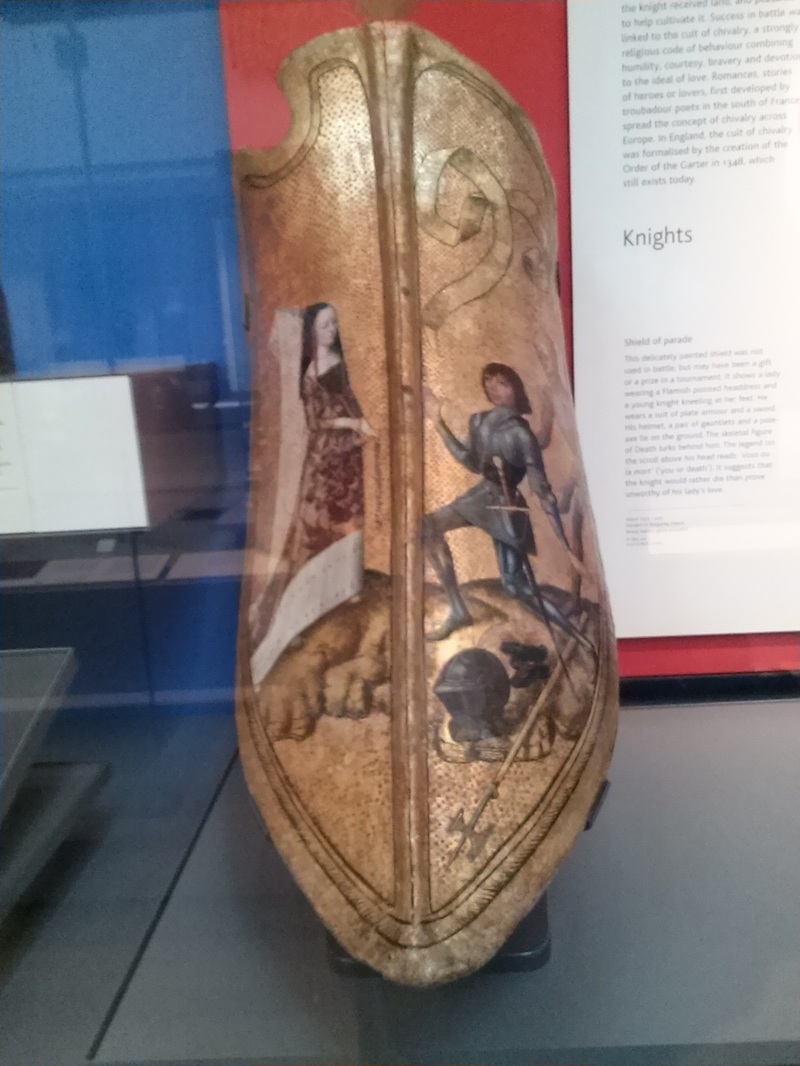
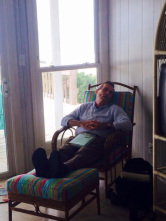
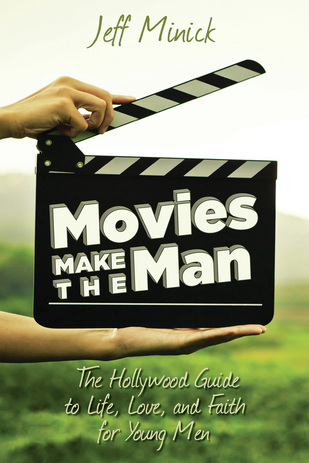
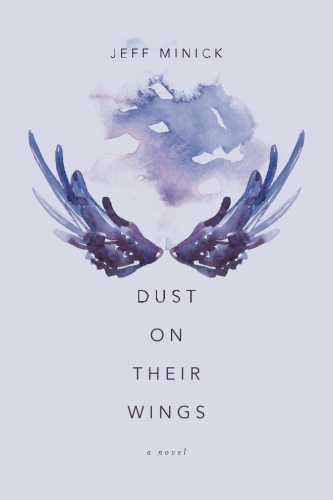
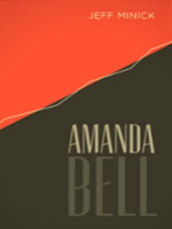
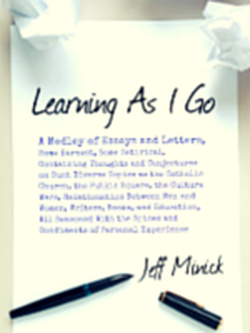
 RSS Feed
RSS Feed